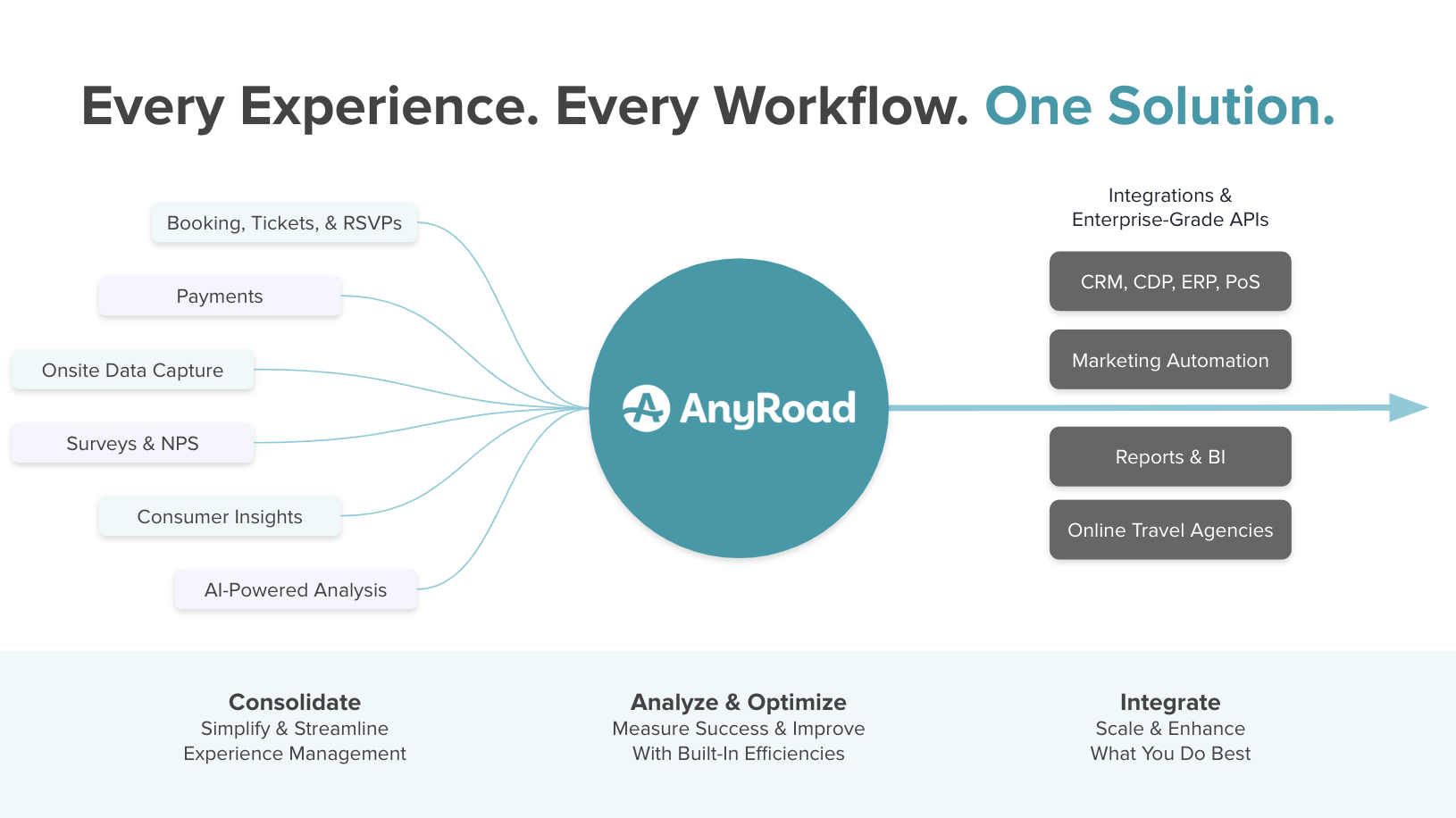Article was originally published in AdWeek.
Why Successful Brands Shift to Selling Experiences
As the world bounces back from a global pandemic, we yearn for immersive experiences — also known as building brand loyalty through field marketing.
This reverberates in the experience economy; Disneyland's packed, flights are at capacity, and Coachella sold out in minutes. In this massive global shift from a things economy to an experience economy, the brands that survive will have to adapt.
Calvin McDonald, the CEO of Lululemon, proudly proclaimed two years ago that “Lululemon is no longer an apparel company. We’re an experience company.”
He is investing heavily in immersive experiences and field marketing to increase loyalty. He spends approximately $300 million annually on in-store and online yoga, pilates, marathons, and meditation classes.
Get your free guide to building a better brand community!
The Best Field Marketing Store and Pop-Up Examples for Building Brand Loyalty
Brands are changing their business models to focus on experiences and building brand loyalty. REI predicts they will make more money from offering brand experiences in ten years than from selling items.
They’re not only building out education in their stores and doubling down on in-store services. Still, they continue to scale backpacking trips to national parks, wilderness training, and camping excursions. Many consumers seem comfortable buying adventure and adventurous gear from the same trusted brand, so why not own the whole experience?
Leading brands are using field marketing and brand experiences around their current models and exploring new models for building brand loyalty. Many are testing and iterating in brand experience concept stores. This allows them to gain insights and keep growing as the consumer landscape changes.
Some include:
- Home Depot launched a design center, focussing on the experience and interactions needed beyond the merchandise
- Michaels is testing updated store concepts with “maker spaces”
- Dick’s Sporting Goods is fueling their House of Sport
- Lululemon is accelerating the CEO’s vision by building experiential stores aimed more at building actual community and long-term loyalty than merely maximizing a single day’s sales.
These new store concepts are flipping traditional retail on its head and are allowing brands to set up testbeds to innovate and iterate reliably. They're capturing marketing data and tapping into a vein of intelligence into which experiences attract the next generation of consumers and which drive loyalty among their core demographics. Today's learnings from these stores will be the consumer experiences that will keep these brands relevant.

Car Brand Marketing in 2023
Even car brands are getting into the fray. With global new car sales down 15% over the last 5 years, auto brands increasingly focus on retention and building lifetime brand loyalty.
- Volvo has built a museum, driving experiences, and even a tour of its facilities in Sweden.
- BMW is scaling their driving experiences, test drives, and investing heavily in their theme park in Munich, BMW World.
- Tesla allows its customers to tour the Tesla factory in California, an experience that continues to build brand love and reinforce Tesla’s spot on the throne of auto brand loyalty. Due to their focus on customer experience, 70.7% of Tesla owners who “disposed” of a Tesla acquired another new Tesla.
Emotional Connection in Building Brand Loyalty
Brands that know how to build actual emotional connections are turning into experiential businesses, which are the ones that are thriving and building brand loyalty.
From Lego’s Discovery Centers and Lowe’s DIY Workshops to Sur La Table’s cooking classes and Budweiser’s beer pairing dinners, the next decade’s most successful brands will look more like experience providers than traditional goods businesses.

If your brand hasn’t embraced experiential - now is the time as the experience economy is burgeoning and “post-pandemic” consumers want to interact IRL. Like any form of engagement, start with a test or a pilot and layout success metrics, and have the infrastructure to measure what works (what experiences lead to more sales or convert new consumers into brand champions?).
Iterate and optimize experiential investments as you would with a new digital or social media campaign. Even if experiences don’t seem like a natively integrated part of your brand, you can build events and experiences that would attract your core audience.

For example, companies like Grubhub host concerts because they see music as a wonderful way to build community and attract consumers. A growing pool of consultants (including AnyRoad’s embedded experts) and agencies are a great way to bring in outside expertise to guide your brand through experiential transformation.
How to Start Planning Field Marketing
A great way to jump into brand experiences is to consider what interests your target demographic and what will draw them to spend time with your brand. The language and insights we use to run our companies must evolve if we move towards engagement rather than conversion.
We believe we’re moving away from a world that looks at antiquated metrics like sales per square foot in favor of experiential performance indicators like brand conversion, loyalty, and lifetime value. The brands that embrace this long view are the ones who will define their industries tomorrow.





%2012.57.51%E2%80%AFa.m..png)
